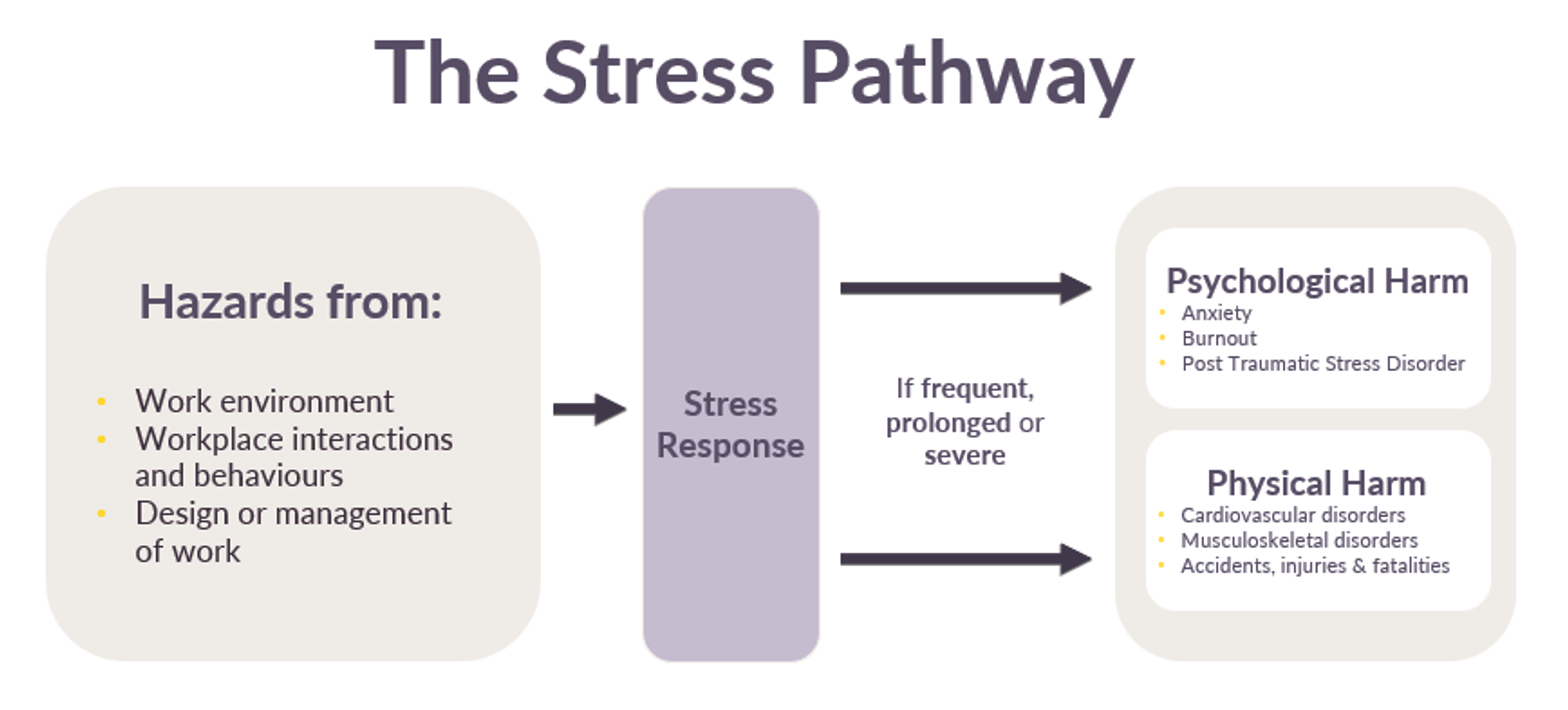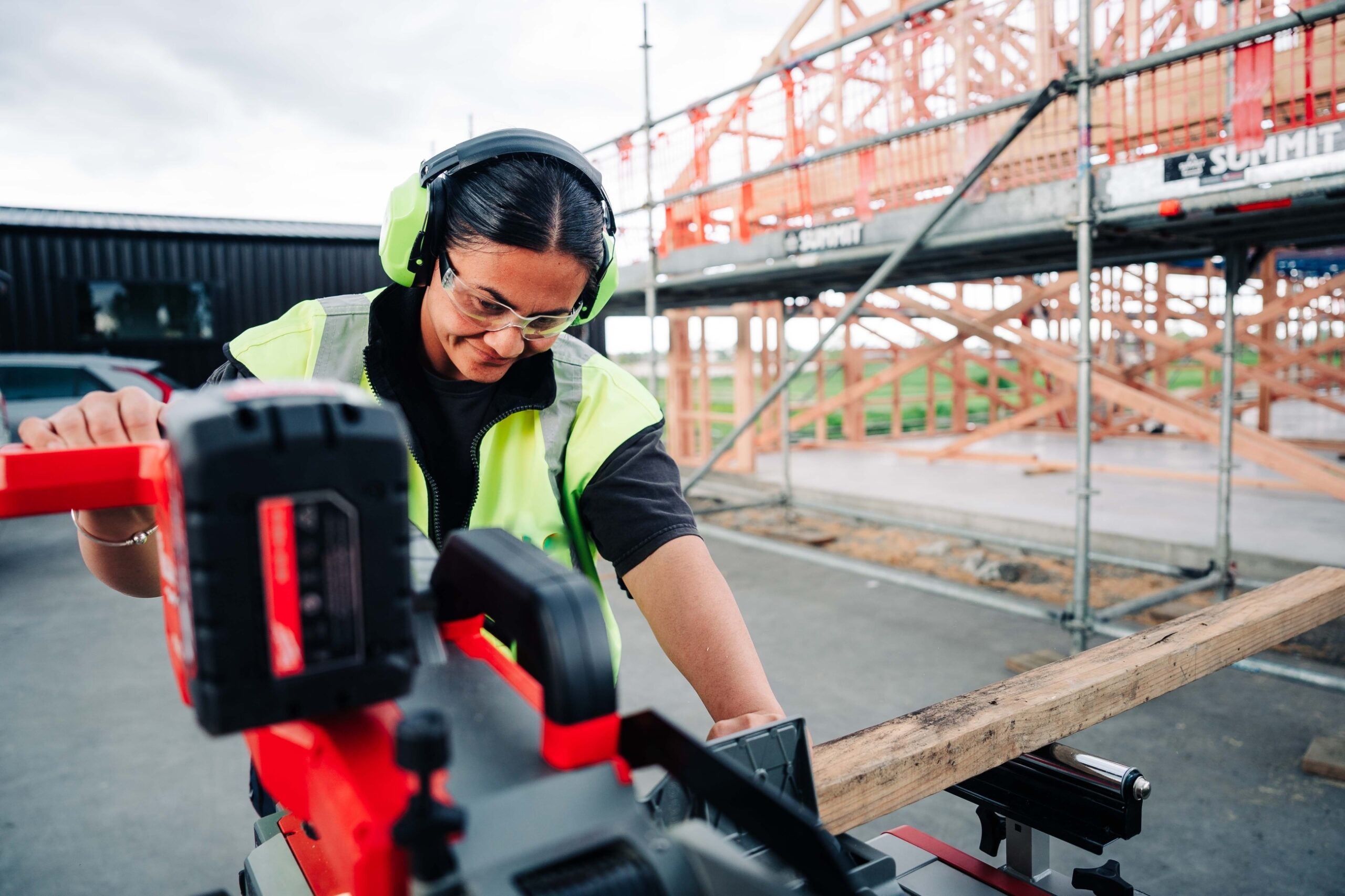What is the real cost of workplace injuries? Just one in ten ACC claims accepted in 2024 were linked to work-related harm (10%), yet they cost nearly a quarter of the total $7 billion cost of claims (22%). Injured workers took approximately 5.5 million days off work – a number that continues to rise year-on-year – with manual-work industries such as manufacturing, agriculture, construction and forestry the most highly represented in these statistics.
In a previous world, we might have accepted these figures as an unfortunate by-product of high-risk roles. But fortunately, attitudes have shifted. There is reduced tolerance from organisations and communities for any kind of harm at work. Most recently, we’re also starting to acknowledge that injury recovery and harm prevention are not just about physical health but also mental; combining the expertise of physiotherapists, psychologists and other specialist professionals to achieve the best workplace outcomes for both employers and employees.
The physical and mental toll of harmful work
Recent research conducted with MATES in Construction and ASB found that mental health and physical health in construction work were intrinsically tied, stating that “…in an industry long focused on physical health and safety, workers are saying that stress and mental strain also drive back problems, fatigue, and injury risk.”
As humans, most of us can intuitively recognise the connection between stress and our physical wellbeing. During times of pressure, we might notice this stress showing up in our bodies – through neck and shoulder tension, headaches, or lower back pain. These physical signs often relate specifically to the environments we’re working in, not shortcomings within ourselves.

Adapted from Workplace Health and Safety Queensland (2022)
Take repetitive movements as an example – like stacking, lifting, pulling or rotating – where the risks present are both psychosocial and physical in nature. Someone engaging in under-stimulating, monotonous physical work is more likely to experience job stress, anxiety, and burnout. They are also at higher risk of musculoskeletal pain, discomfort, and injury. Re-designing work to incorporate task variety (e.g., rotating workers from packing to re-stocking) and encouraging regular breaks can lower both types of risk, creating a workforce that is engaged, productive and healthy.
Fix the work, not the worker
When it comes to paradigm shifts in workplace health, one of the biggest in recent years has been the changing focus from fixing the worker to fixing the work.
In the world of workplace mental health, this shift has caused many companies to move forward from stress management training as their only workplace wellbeing offering. Instead, more and more organisations are seeking to implement psychosocial risk management strategies. These organisational strategies are largely focused on re-designing work to eliminate and mitigate workplace stressors, rather than giving individuals the tools to supposedly “cope better” with that dreadful workflow, the bullying boss, or the crisis-driven timeframes that are hampering good outcomes.
In the world of workplace injury prevention, this shift has its own parallels. For example, years of research tells us that manual handling training and its focus on teaching workers “how to lift” is wholly ineffective at preventing musculoskeletal harm. Why? This focus on fixing the worker fails to control the true source of the risk, or workers’ exposure to it. Sending a worker – even one equipped with all the correct lifting techniques – back into an unsafe or poorly designed working environment will inevitably leave them vulnerable to injury. The issue is not the training itself, but that proper training alone cannot prevent harm when the working environment remains unchanged. Instead, emphasis should go on fixing the work conditions that lead to sources of repetitive strain – both on people’s bodies and their minds – remembering that even small shifts can have a big impact.
Bringing the mental and the physical together
We know from countless research studies that mental strain has the potential to cause or exacerbate musculoskeletal pain and injury risk. Consider the toll that long working hours have on our ability to make sound decisions while operating heavy machinery, for example. Or, how muscle tension and pain can be a symptom of chronic stress at work. In Umbrella’s 2025 Wellbeing Report, we found that organisational factors like high workloads and low work autonomy were strong predictors of people’s decisions to work while unwell; that is, to show up at work feeling sick and unproductive (e.g., through injury, stress and burnout). In other words, we feel better in our bodies when our working conditions are mentally healthy.
The same is true in the other direction; we feel better in our minds when our work environment is physically healthy. A workplace that encourages regular movement during the day helps its workers feel better mentally and work with greater focus, for example. And, at the more extreme end, working in an environment rife with high-risk work tasks, near-misses, or workplace injuries can cause significant stress and mental strain on all those who are exposed.
This link between psychosocial and physical risks, and psychological and physical harm, is evidence enough: we can’t treat these two domains separately.
How can organisations re-design work to be both physically and mentally safe?
Fixing the work, not the worker, requires a willingness to stand back and look at how work systems are designed. Instead of, “How do we get people to lift more safely, or be less stressed by high workloads?”, it requires a reframing: “How do we design our work so that people aren’t required to lift heavy loads so often? How do we re-balance workloads so they don’t put any one team at disproportionate risk of burnout?” Often, the risk controls that we put in place can answer both questions at once.
Working with Geneva Wellbeing and Umbrella means having access to experienced physiotherapists, occupational therapists, and psychologists who understand where harm – regardless of what type – originates, and who know how to put a stop to it.
Interested in speaking with our team of experts to address your critical workplace risks? We’d love to hear from you. The workplace wellbeing team at Geneva Wellbeing provides evidence-based programmes that not only prevent injuries and reduce workplace stress but also support recovery and foster a thriving work environment. Partnering with us means knowing you’re in safe hands with experts who “get it”. Our comprehensive services include psychosocial risk assessments, workplace rehabilitation, early injury intervention, and leadership training.



